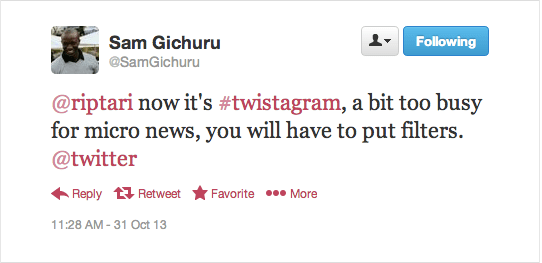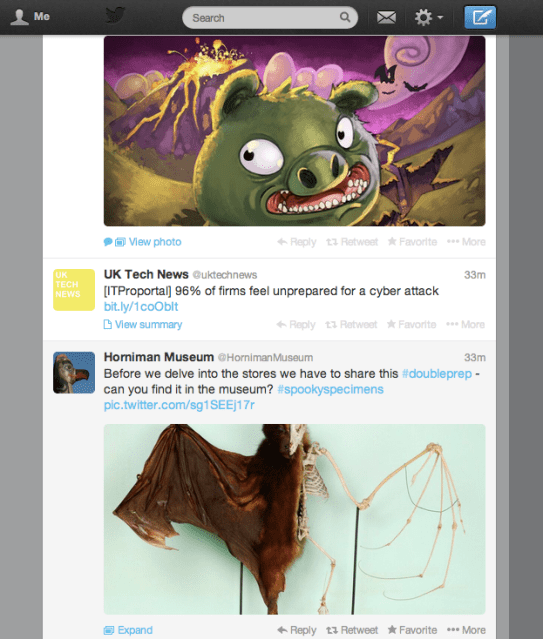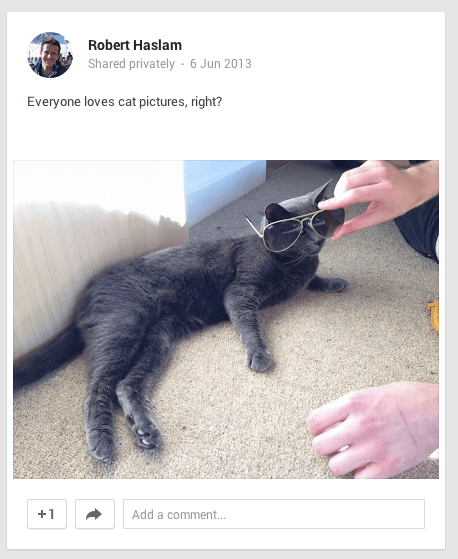Iraq's Prime Minister Nouri al-Maliki, center, walks with Rep. Eliot Engel, D-N.Y., right, and Rep. Ed Royce, R-Calif., on Capitol Hill in Washington, Wednesday, Oct. 30, 2013, before their meeting. Earlier, the prime minister met with Vice President Joe Biden. (AP Photo/Molly Riley)
Iraq's Prime Minister Nouri al-Maliki, center, walks with Rep. Eliot Engel, D-N.Y., right, and Rep. Ed Royce, R-Calif., on Capitol Hill in Washington, Wednesday, Oct. 30, 2013, before their meeting. Earlier, the prime minister met with Vice President Joe Biden. (AP Photo/Molly Riley)
Iraq's Prime Minister Nouri al-Maliki listens during a meeting with House Foreign Affairs Committee Chairman Rep. Ed Royce, R-Calif., and the committee's ranking Democrat Rep. Eliot Engel, D-N.Y., Wednesday, Oct. 30, 2013, on Capitol Hill in Washington. (AP Photo/Molly Riley)
Iraq's Prime Minister Nouri al-Maliki, left, talks with House Foreign Affairs Committee Chairman Rep. Ed Royce, R-Calif., right, during a luncheon meeting on Capitol Hill in Washington, Wednesday, Oct. 30, 2013. (AP Photo/Molly Riley)
Iraq's Prime Minister Nouri al-Maliki, left, is greeted by House Foreign Affairs Committee Chairman Rep. Ed Royce, R-Calif., center, and the committee's ranking Democrat Rep. Eliot Engel, D-N.Y., on Capitol Hill in Washington, Wednesday, Oct. 30, 2013, during a luncheon meeting. (AP Photo/Molly Riley)
WASHINGTON (AP) — Terrorists "found a second chance" to thrive in Iraq, the nation's prime minister said Thursday in asking for new U.S. aid to beat back a bloody insurgency that has been fueled by the neighboring Syrian civil war and the departure of American troops from Iraq two years ago.
Iraqi Prime Minister Nouri al-Maliki told a packed auditorium at the U.S. Institute of Peace that he needs additional weapons, help with intelligence and other assistance, and claimed the world has a responsibility to help because terrorism is an international concern.
"If the situation in Iraq is not well treated, it will be disastrous for the whole world," said al-Maliki, whose comments were translated from Arabic. "Terrorism does not know a single religion, or confession, or a single border. They carry their rotten ideas everywhere. They carry bad ideas instead of flowers. Al-Qaida is a dirty wind that wants to spread worldwide."
The new request comes nearly two years after al-Maliki's government refused to let U.S. forces remain in Iraq with legal immunity that the Obama administration insisted was necessary to protect troops. President Barack Obama had campaigned on ending the nearly nine-year war in Iraq and took the opportunity offered by the legal dispute to pull all troops out.
Nearly 4,500 U.S. troops were killed in Iraq between the 2003 invasion and the 2011 withdrawal. More than 100,000 Iraqi were killed in that time.
Al-Maliki will meet Friday with Obama in what Baghdad hopes will be a fresh start in a complicated relationship that has been marked both by victories and frustrations for each side.
Within months of the U.S. troops' departure, violence began creeping up in the capital and across the country as Sunni Muslim insurgents lashed out, angered by a widespread belief that Sunnis have been sidelined by the Shiite-led government. The State Department says at least 6,000 Iraqis have been killed in attacks so far this year, and suicide bombers launched 38 strikes in the last month alone.
"So the terrorists found a second chance," al-Maliki said — a turnabout from an insurgency that was mostly silenced by the time the U.S. troops left.
Al-Maliki largely blamed the Syrian civil war for the rise in Iraq's violence, although he acknowledged that homegrown insurgents are to blame for the vast number of car bombs, suicide bombings and drive-by shootings that have roiled Baghdad and the rest of the nation.
The prime minister warned about the consequences of a political power grab by al-Qaida fighters who are aligned with the Sunni rebellion that is seeking to oust Syrian President Bashar Assad. But al-Maliki insisted Iraq is remaining neutral in the Syrian unrest, although Baghdad has been accused of allowing Iranian aid to Assad's forces through its country. The Syrian civil war largely breaks down along sectarian lines.
Sectarian tensions also have been rising in Iraq, but al-Maliki vehemently denied they are the cause for the spread of violence and noted that Sunnis, Shiites and Kurds all have been killed by insurgent attacks.
"There is no problem between Sunnis and Shiites," al-Maliki said flatly. He added: "Al-Qaida believes they should kill all those who do not think alike."
Al-Maliki said he will ask Obama for new assistance to bolster Iraq's military and fight al-Qaida. That could include speeding up the delivery of U.S. aircraft, missiles, interceptors and other weapons, and improving national intelligence systems. Separately, Iraq's ambassador to the U.S. also did not rule out the possibility of asking the U.S. to send military special forces or additional CIA advisers to Iraq to help train and assist counterterror troops.
Shortly after al-Maliki's speech, White House spokesman Jay Carney called continued U.S. aid to Iraq "necessary" and said "denying that assistance would be contrary to our interests."
Obama is expected to raise concerns about Iraq's violence — and ways to reduce it — in his Friday meeting with al-Maliki, Carney said. "And inclusive democratic governance is a key piece of the picture there and always has been," he said.
"What's important to remember, though, is that the violence we're talking about, the attacks we're talking about, are not coming from within the political system," Carney said. 'They're coming from al-Qaida and its affiliates."
Administration officials consider the insurgency, which has rebranded itself as the Islamic State of Iraq in the Levant, a major and increasing threat both to Iraq and the U.S.
Al-Maliki has been accused for years of a heavy-handed leadership that refuses to compromise and, to some, oversteps his authority against political enemies. "I never stepped on the Constitution," he responded Thursday to a question about his government, and defended Iraq's warming relationship with Iran's Shiite clerical regime as necessary for a government looking to work amicably with its neighbors.
He sidestepped a question about whether he will seek another term as prime minister in national elections scheduled for April 2014, calling it a decision best left to the Iraqi people.
Anthony Cordesman, a longtime Iraq scholar at the Center for Strategic and International Studies, said the U.S. must convince al-Maliki to move toward a more inclusive government to stabilize Iraq and the rest of the region.
"We have to be careful to set clear lines, and not arm Maliki against the growing mass of legitimate Sunni opposition and the much smaller mix of violent Sunni Islamist extremists," Cordesman wrote in an analysis released Thursday. "But, we need to try."
___
Follow Lara Jakes on Twitter at: https://twitter.com/larajakesAP
Associated PressSource:
http://hosted2.ap.org/APDEFAULT/3d281c11a96b4ad082fe88aa0db04305/Article_2013-10-31-United%20States-Iraq/id-20fc9ac7b07a44498b42a093ce6da2f8Tags:
Jonas Brothers glee Geno Smith washington post nfl standings







